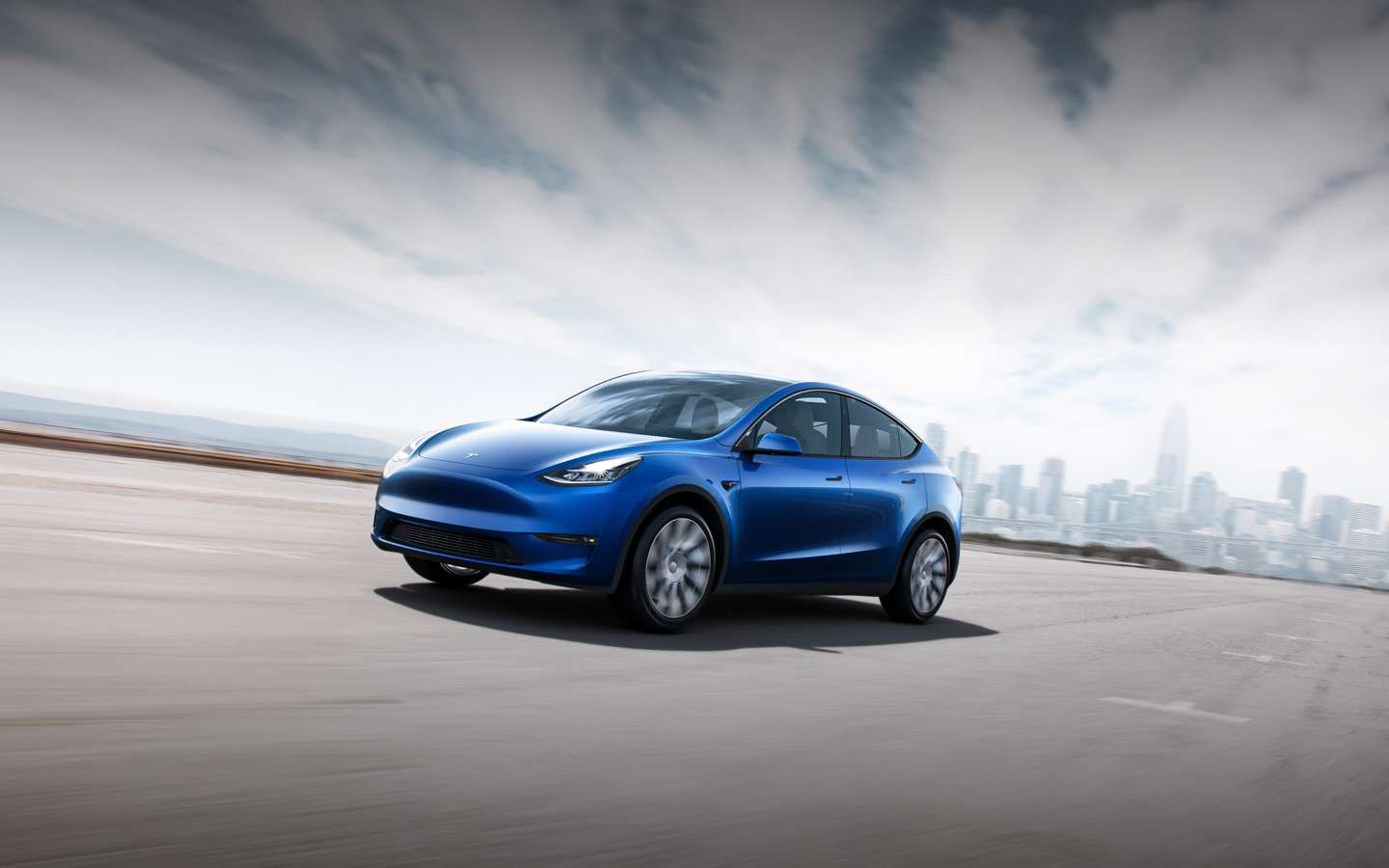
Volvo, a pioneering automaker in the realm of safety, said last year that it would be equipping its vehicles with technologies to eliminate driver distractions. This comes as many other automakers like Mercedes-Benz forge ahead with gigantic touchscreens displaying an enormous amount of information to the driver. Add smartphones to the mix, and distracted driving is a silent epidemic that needs addressing.
In results from a new study that will surprise almost nobody, it's been found that Tesla drivers take their eyes off the road more often when Autopilot is active. That's what researchers from the Massachusetts Institute of Technology (MIT) found when distinguishing between driving-related glances such as checking the instrument cluster and non-driving glances such as looking at the central stack area where a touchscreen typically resides.
The study, which was published on ScienceDirect, analyzed 290 instances of drivers disengaging Autopilot and switching to manual control of the vehicle.
"This is the first time we can quantify the effects of automation, in this case specifically Tesla Autopilot, on how drivers pay attention," said Pnina Gershon, MIT research scientist and one of the study's co-authors, according to Automotive News. The study proves that drivers take their eyes off the road for longer when Autopilot is in operation. The NHTSA says that drivers should not look away from the road for more than two seconds, yet the study indicated that non-driving glances sometimes exceeded five seconds. A lot can change in the driver's immediate environment within that time period. With Autopilot switched off, only four percent of non-driving glances exceeded two seconds, relative to 22% when Autopilot was operating.
Non-driving glances include looking downward or at the center stack area. As is commonly known, a Tesla's center stack is dominated by a large touchscreen so there is plenty to look at. Even the base Tesla Model Y comes with an expansive 15-inch touchscreen interface.
This is said to be the first study to use real-world driving data to assess the attentiveness of Tesla drivers when using Autopilot. The shortcomings of the Autopilot system continue to be investigated, and as recently as August, yet another Tesla accident has raised concerns about the cars' partially autonomous technologies. This latest study on driver distraction won't do anything to increase confidence in Autopilot.
We're of the opinion that Autopilot isn't the only such system resulting in inattentive drivers. Many modern safety systems allow drivers to become complacent and not pay attention. This study is merely the first scientific proof of these systems causing problems.
